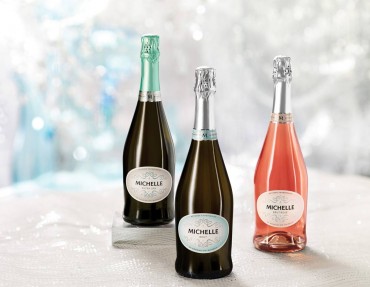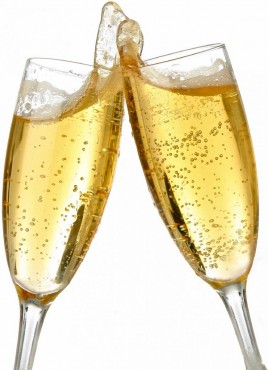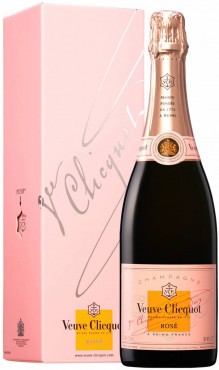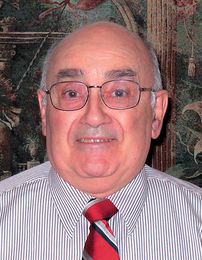 As the Christmas and New Year holidays approached, I started scanning the shelves of local stores for Champagne and sparkling wines. My goal is to decide which of the many available options are great choices for dinners we plan with family and friends.
As the Christmas and New Year holidays approached, I started scanning the shelves of local stores for Champagne and sparkling wines. My goal is to decide which of the many available options are great choices for dinners we plan with family and friends.
Readers may remember that Champagne comes from the Champagne region of France, most notably Rheims and Epernay. The fizzy stuff from any place else, including other areas of France, is properly called sparkling wine.
The first task is to set the criteria. That is, my wife, Kathy, tells me the foods she will spoil us with, including the sauces and spices, so I have some idea of the aromas and flavors. Then I get to choose the wines to pair with the food, one of my most favorite things to do. This past year, dinners centered on seafood and fowl.
While we offer our guests a variety of beverages, my usual choice is to greet dinner guests with a sparkling wine as a before-dinner drink and as a palate cleanser. This year, the plan is to have a variety of sparkling wines with dinner also. However, we’ll have a selection of other wines for the guests who prefer reds or other whites.
 During tours of most of the stores that sell wine in Kitsap County, you can find about 40 different Champagne and sparkling wine labels. Champagne is made by the traditional method, also known as “Méthode Champenoise” (pronounced meth-owed sham-pan-wha). This is my preferred sparkler. Look for that, or for “fermented in this bottle” on the label.
During tours of most of the stores that sell wine in Kitsap County, you can find about 40 different Champagne and sparkling wine labels. Champagne is made by the traditional method, also known as “Méthode Champenoise” (pronounced meth-owed sham-pan-wha). This is my preferred sparkler. Look for that, or for “fermented in this bottle” on the label.
The other two methods are charmat and transfer. They are less expensive to produce and provide a lesser product; bubbles are much larger and slower moving, and don’t last very long. I’ve also read that the large bubbles are one of the reasons for headaches from sparkling wine. And there are a lot of varieties of sparkling wines.
Next, I choose the level of sweetness: Natural is bone dry, brut has no perceptible sweetness, extra dry is slightly sweet, demi-sec is sweet and doux is very sweet. My favorite is the extra dry, with just a hint of sweetness, and it goes well with seafood and fowl.
 Favorite Washington Sparkling Wines
Favorite Washington Sparkling Wines
Michelle, brut, Columbia Valley, NV (Woodinville), $14. Blend: 63 percent chardonnay, 19 percent pinot noir, 18 percent pinot gris. Light straw color. Aromas and flavors: delicate blend of apples and citrus; palate: lively acidity; medium body; balanced finish. Food pairing: bagels and lox at lunch, appetizers such as calamari or dips, Japanese cuisine such as sashimi (winemaker Rick Casqueiro’s favorite.) (Alcohol by volume: 11.5 percent)
Michelle, extra dry, Columbia Valley, NV (Woodinville), $14. Blend: 63 percent chardonnay, 19 percent pinot noir, 18 percent pinot gris. Light straw color. Aromas and flavors: apples and pears; palate: crisp acids and a persistent column of bubbles; medium body; balanced finish. Great for ringing in the New Year. (Alcohol by volume: 11 percent)
Michelle, brut rosé, Columbia Valley, NV (Woodinville), $14. Blend: 93 percent pinot noir, 7 percent pinot meunier. Beautiful blush color. Aromas and flavors: impression of berries; palate: dry with a soft and fruity aftertaste; medium body; balanced finish. Food pairing: holiday ham or turkey, or spicy foods. (Alcohol by volume: 11.5 percent)
Other Good Choices
Somewhat more expensive wines I enjoyed in the past include Domaine Carneros by Taittinger, California; Ferrare, Italy; NV Taittinger, France; NV Bollinger, France; NV Veuve Clicquot, France. These are in the $25-$40 range.
Remember, sparkling wines are at their finest served cool (45 to 55 degrees) but not iced. Pour into a champagne flute that is cool but not chilled.

























